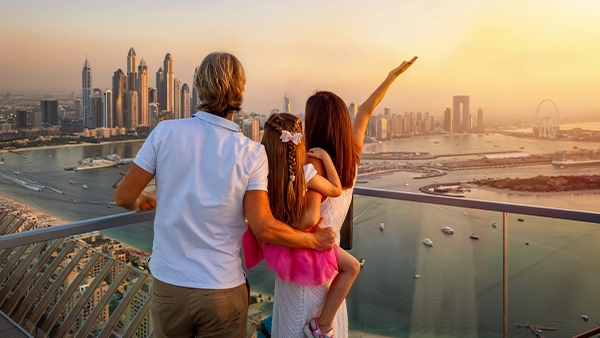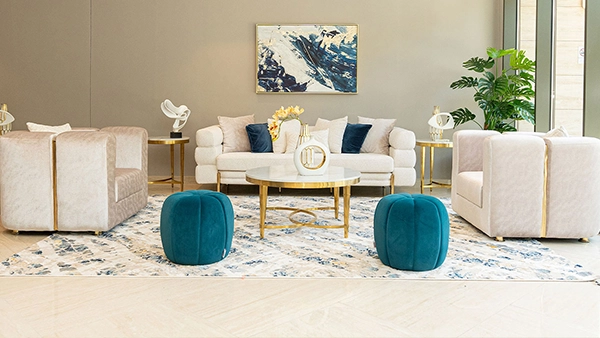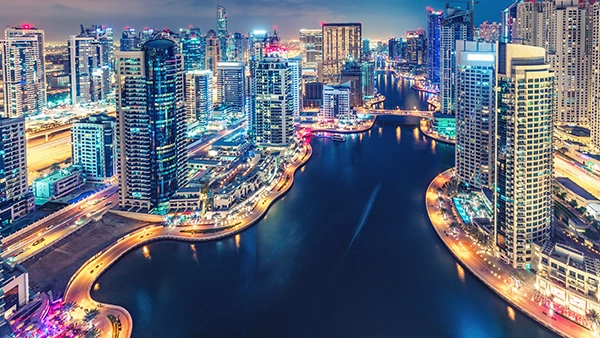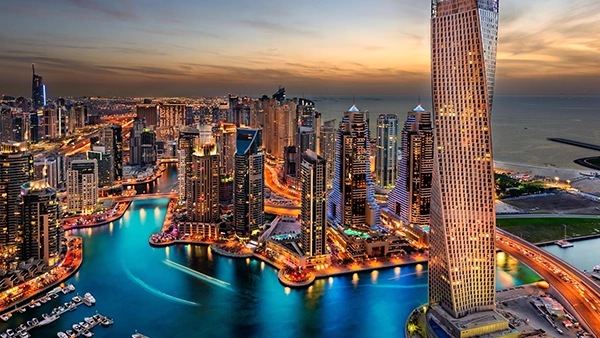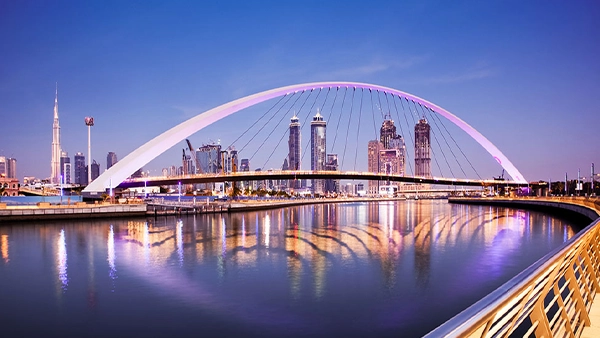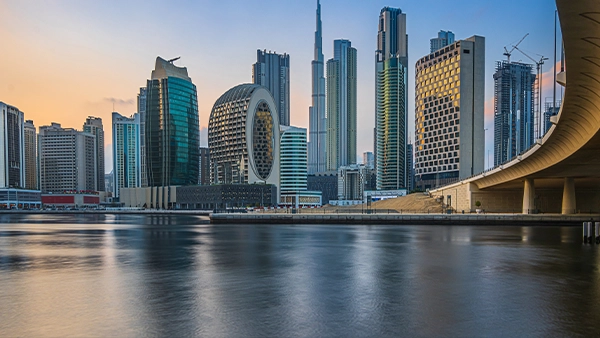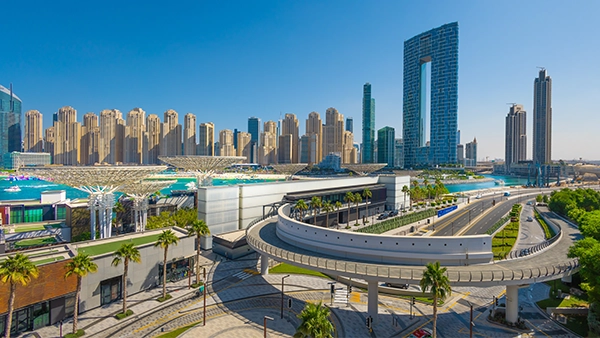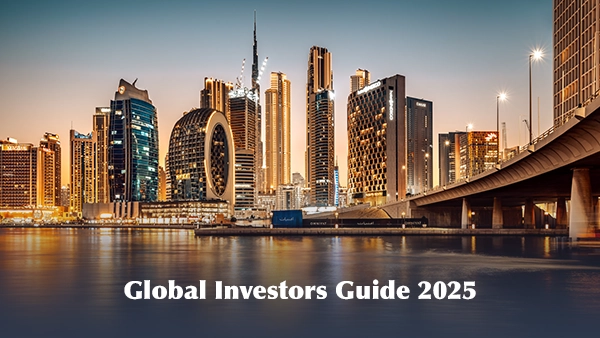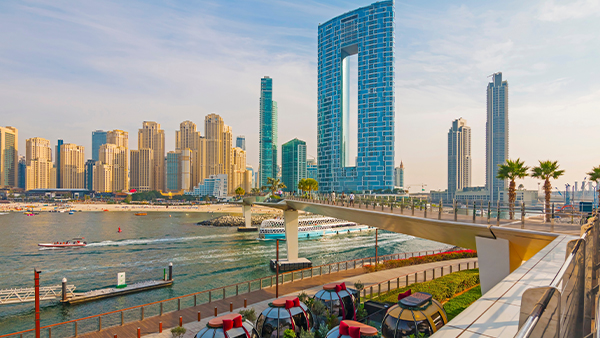How Safe Is It For Foreigners To Invest In Dubai Real Estate?
Dubai has built a reliable foundation for long-term property investment with strong legal protections, a transparent regulatory framework, and consistent economic growth.
The question that frequently arises among first-time investors is whether Dubai’s real estate is truly safe for foreigners.
In recent years, several reforms have further strengthened buyer rights and reinforced the Emirate’s commitment to foreign investment. From off-plan property regulations to the issuance of long-term residency visas, the system has been designed to attract and protect global capital.
A Transparent Legal Framework
Dubai is recognized for one of the most transparent real estate regulatory laws that prioritize investor security.
Overseen by the Dubai Land Department (DLD) and the Real Estate Regulatory Agency (RERA), the legal structure provides clarity and security for foreign buyers.
All real estate transactions are regulated and recorded through official government platforms. These entities have introduced digital platforms for property registration, escrow management, and developer approvals, reducing the risk of fraud or misinformation.
Foreign investors can buy freehold properties in designated areas in and around Dubai. These zones provide full ownership rights, including the ability to lease, resell, or occupy the property indefinitely.
Off Plan Investment Safety
One of the fastest-growing segments in Dubai’s property market is off-plan development. Many investors consider off plan apartments in Dubai due to their attractive pricing, payment flexibility, and future appreciation potential.
To ensure safety in this segment, RERA requires all developers to deposit buyer payments into regulated escrow accounts.
The use of these funds is strictly limited to the construction of the approved project, and developers are required to achieve construction milestones before they can draw from the account.
In addition, off-plan projects must be approved by the authorities, and developers are required to own the land and provide a bank guarantee. This framework protects investors from incomplete or mismanaged developments and increases confidence in Dubai’s real estate.
Economic and Political Stability
The UAE ranks among the most stable economies in the Middle East. Its consistent GDP growth, low inflation, and diversified economy contribute to the long-term resilience of Dubai’s real estate.
The leadership’s forward-thinking policies continue to attract foreign direct investment, particularly in real estate, tourism, and infrastructure.
Dubai’s currency is also pegged to the US Dollar, providing additional monetary stability. This fixed exchange rate reduces foreign exchange risks for international investors who buy other property assets and apartments in Dubai.
Government initiatives such as the Golden Visa grant residency for investors meeting the AED 2 million property threshold, reflect the city’s commitment to creating a secure and welcoming environment for expatriates and foreign stakeholders.
Digitalization And Legal Oversight
One of the key advancements enhancing safety in Dubai’s real estate sector is the use of technology.
Digital platforms such as the Dubai REST app and the DLD’s official website allow buyers to verify property ownership, calculate fees, and even complete transactions remotely.
The transparency offered through these tools reduces dependency on third-party agents and ensures that every stage of the transaction is monitored by the government.
Investors interested in off plan apartments in Dubai can track project progress and verify developer credentials using these public resources.
Moreover, RERA’s laws around tenancy contracts, service charges, and building management have helped streamline property ownership and tenancy rights for landlords and tenants alike. These measures make Dubai’s real estate more structured and less vulnerable to disputes.
Low Tax Environment
Dubai offers a highly attractive tax environment. There is no income tax on rental earnings or capital gains tax on resale profits. This enables property owners to enjoy full returns from rental income or asset appreciation.
Service and maintenance charges and registration fees do exist, but they are predictable, regulated, and paid by the tenant. The absence of ongoing property taxes means that ownership costs remain relatively low, even for long-term investors.
Community Safety and Lifestyle Appeal
Beyond regulatory and economic considerations, safety also relates to lifestyle and infrastructure. Dubai consistently ranks among the safest cities globally. Its low crime rate, modern transportation systems, and well-maintained public spaces contribute to a high quality of life.
Residential communities are often gated and monitored, with access to international schools, healthcare facilities, and leisure attractions.
Whether buying into a luxury tower or one of the more affordable apartments in Dubai, residents enjoy strong infrastructure and security across all neighborhoods.
This high standard of living continues to drive rental demand, especially among expatriates, entrepreneurs, and remote professionals. Investors see stable occupancy rates and returns, even in periods of global uncertainty.
Diversified Investment Options
Dubai’s property landscape offers multiple avenues for investment. From off-plan apartments in Dubai to ready-to-move-in units, the variety of inventory suits different investor profiles.
In addition to apartments, buyers can explore villas, townhouses, and mixed-use developments. Each asset class is supported by a legal framework that ensures clarity in ownership, maintenance obligations, and resale rights.
Foreign investors are also permitted to sell or lease their property without residency restrictions, allowing them to manage investments from abroad. Title deeds are issued in the buyer’s name and recorded with the DLD, offering complete legal recognition and protection.
Long-Term Prospects for Foreign Investors
Dubai’s continued growth as a global business and tourism hub indicates strong long-term prospects for property investment. The city’s real estate sector benefits from large-scale infrastructure projects, economic diversification, and a population that grows year over year.
Upcoming developments such as Dubai South, Expo City, and new metro lines add to the appeal of investing in Dubai’s real estate.
Foreign investors are increasingly drawn to these emerging zones, not only for future appreciation but also for rental demand generated by commercial and residential expansion.
With consistent policies, government backing, and investor protections, Dubai remains among the safest global destinations for property investment.
And investors can now explore promising real estate opportunities designed for long-term value and peace of mind. Start your investment journey with Danube, one of Dubai’s most trusted developers.

